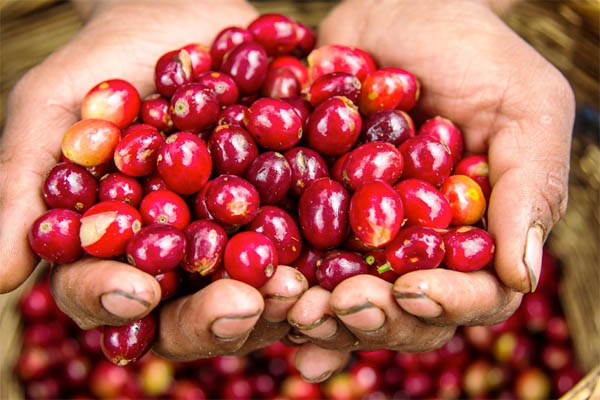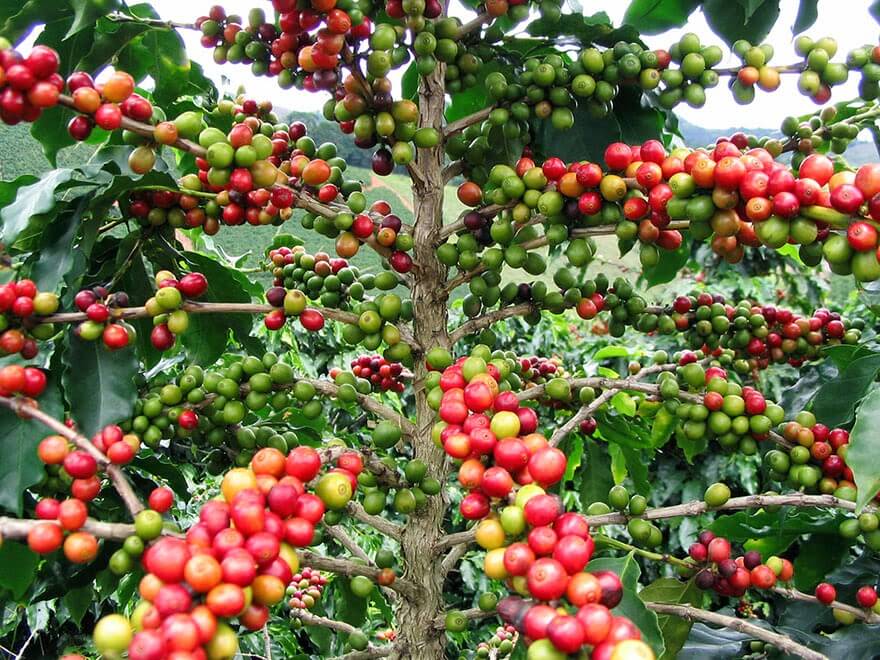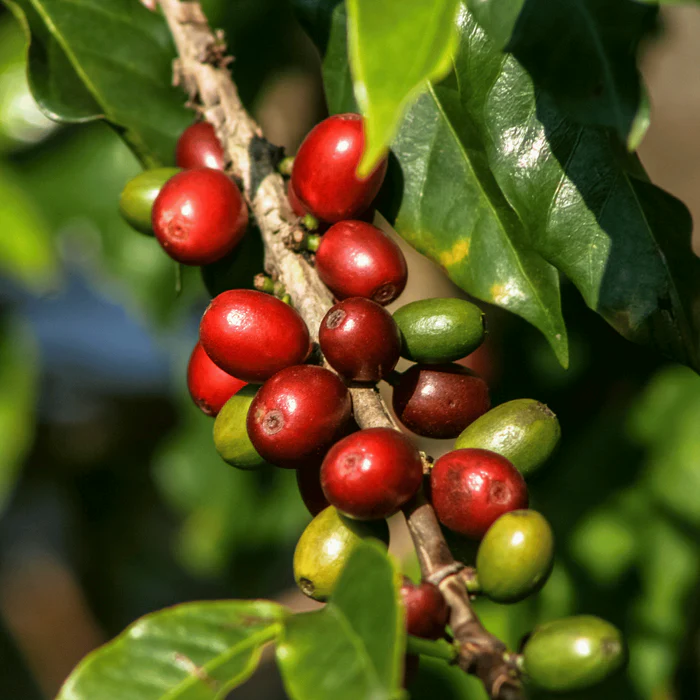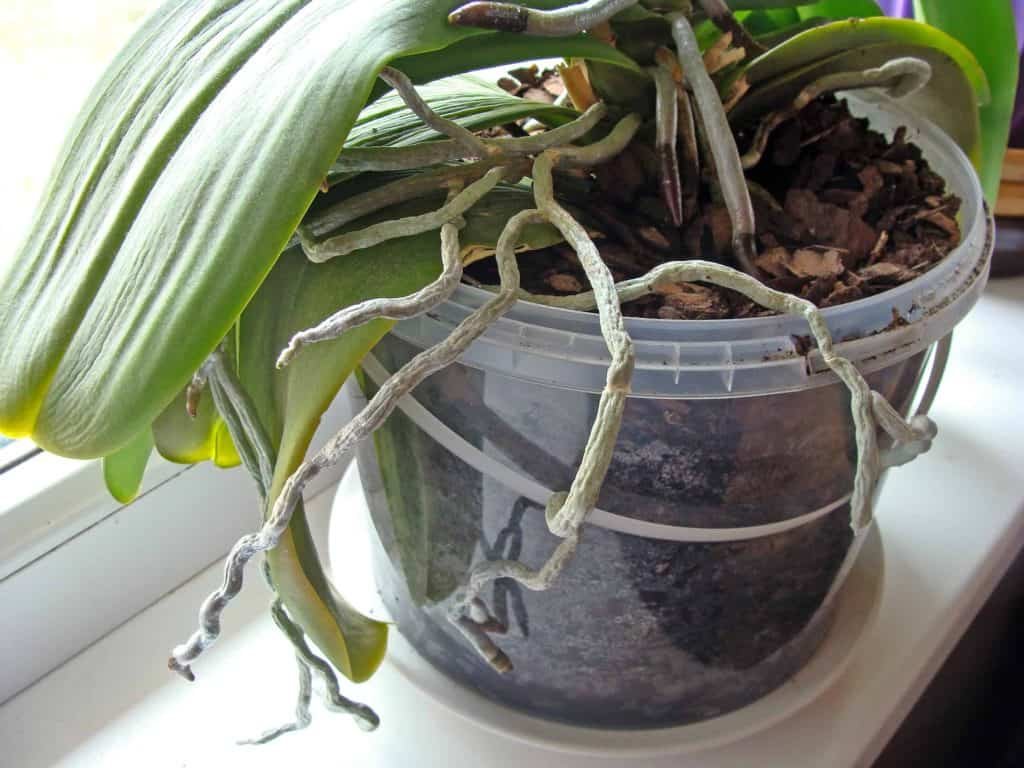Coffee blends have been a beloved beverage for centuries, enjoyed by people all over the world. The art of blending coffee beans has evolved over time, resulting in a wide variety of flavors and profiles to suit every taste.
In this article, we will explore the history and popularity of coffee blends, as well as the factors that contribute to their unique characteristics. From the birthplace of coffee in Ethiopia to the influence of geography and climate change on blends, we will delve into the fascinating world of coffee blending.
Additionally, we will discuss the rise of single-origin coffee and its impact on the future of blends, as well as the importance of sustainability in the coffee industry.
The Evolution of Coffee Blends: A Brief History
The history of coffee blends can be traced back to ancient times when people began experimenting with different ways to prepare and enjoy their coffee. In the early days, coffee was often consumed in its purest form, with beans roasted and ground just before brewing.
However, as trade routes expanded and coffee became more widely available, people began to experiment with blending different types of beans to create unique flavors.
The development of modern coffee blends can be attributed to the rise of commercial coffee roasters in the 19th century. These roasters sought to create consistent and flavorful blends that could be enjoyed by a wide range of consumers.
They experimented with different combinations of beans from various regions, carefully selecting those that complemented each other in terms of flavor, acidity, and body.
From Ethiopia to Your Cup: The Birthplace of Coffee
Coffee has its origins in Ethiopia, where it was discovered by a goat herder named Kaldi. According to legend, Kaldi noticed that his goats became energized after eating the berries from a certain tree. Intrigued, he decided to try the berries himself and experienced a similar boost in energy. Word spread about this magical fruit, and soon people began to cultivate and consume coffee.
Ethiopia remains an important player in the coffee industry today, known for its high-quality Arabica beans. The country’s unique climate and fertile soil provide ideal conditions for coffee cultivation, resulting in beans with complex flavors and aromas. Ethiopian coffee is often described as having floral, fruity, and wine-like characteristics, making it a popular choice for blending.
The Rise of Arabica Coffee: A Game-Changer for Blends
Arabica coffee is the most widely consumed type of coffee worldwide and is highly sought after for its superior quality. It is known for its delicate flavors, low acidity, and smooth body. Arabica beans are grown at higher altitudes, which allows them to develop more slowly and develop complex flavors.
The introduction of Arabica coffee to the coffee industry was a game-changer for blends. Its unique characteristics added depth and complexity to the flavor profiles of blends, making them more enjoyable and appealing to a wider audience. Arabica beans are often used as the base for blends, providing a solid foundation on which other beans can be added to enhance or balance the flavor.
Here’s a list of some of the key regions where Arabica coffee is commonly grown:
| Region | Countries and Areas |
|---|---|
| Latin America | Brazil, Colombia, Costa Rica, Guatemala, Mexico, Peru, etc. |
| Africa | Ethiopia, Kenya, Tanzania, Rwanda, Burundi, etc. |
| Asia | India, Yemen, Papua New Guinea, Indonesia, etc. |
The Role of Roasting in Creating Unique Coffee Blends
Roasting plays a crucial role in the creation of coffee blends, as it brings out the flavors and aromas locked within the beans. There are different types of roasts, ranging from light to dark, each with its own distinct characteristics.
Light roasts are roasted for a shorter period of time and result in a lighter-bodied coffee with more acidity and brighter flavors. Medium roasts strike a balance between acidity and body, offering a well-rounded cup of coffee. Dark roasts are roasted for a longer period of time, resulting in a fuller-bodied coffee with lower acidity and bolder flavors.
The roasting process also affects the blending process. Different roasts can bring out different flavors in the beans, and coffee experts carefully select and roast beans to achieve the desired flavor profile for their blends. Roasting also helps to mellow out any harsh or undesirable flavors in the beans, resulting in a smoother and more balanced cup of coffee.
The Art of Blending: How Coffee Experts Create the Perfect Mix
Blending coffee beans is an art form that requires skill, knowledge, and a keen sense of taste. Coffee experts carefully select beans from different regions and with different flavor profiles to create a harmonious blend that is greater than the sum of its parts.
The process of blending coffee beans involves experimenting with different ratios and combinations to achieve the desired flavor profile. Coffee experts consider factors such as acidity, body, aroma, and aftertaste when creating blends, aiming to create a well-balanced cup of coffee that is enjoyable from the first sip to the last.
Coffee experts also take into account the brewing method when creating blends. Different brewing methods extract different flavors from the beans, and blends are often tailored to specific brewing methods to optimize the taste and experience.
The Secret Ingredient: The Surprising Role of Robusta Coffee in Blends
While Arabica coffee is often considered the star of coffee blends, Robusta coffee plays a crucial role behind the scenes. Robusta beans are known for their higher caffeine content, stronger flavors, and higher acidity compared to Arabica beans.
Robusta coffee is often used in blends to add body, depth, and crema to the cup. It provides a strong backbone to the blend, enhancing its overall flavor profile. Additionally, Robusta beans are more resistant to pests and diseases, making them a more sustainable choice for coffee farmers.
Here’s a table summarizing the regions where Robusta coffee beans are commonly grown:
| Region | Description |
|---|---|
| Central and West Africa | Originating in the Congo region, Robusta is commonly grown in countries such as Uganda, Ivory Coast, Nigeria, and Cameroon. |
| Southeast Asia | Vietnam is a major producer of Robusta coffee, and other countries in the region, including Indonesia and Malaysia, also cultivate it. |
| Brazil | While Brazil is more known for Arabica production, it also grows significant quantities of Robusta, especially in the states of Espirito Santo and Bahia. |
| India | Robusta is cultivated in various regions of India, including Karnataka, Kerala, and Tamil Nadu. |
Here’s a comparison table between Arabica and Robusta coffee beans:
| Characteristic | Arabica Coffee | Robusta Coffee |
|---|---|---|
| Scientific Name | Coffea arabica | Coffea canephora |
| Origin | Ethiopia | Central and West Africa, Southeast Asia, Brazil, India |
| Growing Altitude | Higher altitudes (600 to 2,100 meters) | Lower altitudes (sea level to 800 meters) |
| Flavor Profile | Mild, smooth, nuanced flavors | Strong, bold, more bitter |
| Acidity Level | Higher acidity | Lower acidity |
| Caffeine Content | Lower caffeine content | Higher caffeine content |
| Plant Characteristics | Oval-shaped cherries, long leaves | Round-shaped cherries, broader leaves |
| Market Share | 60-70% of global production | 25-30% of global production |
| Cultivation Regions | Latin America, Africa, Asia | Africa, Southeast Asia, Brazil, India |
| Preferred Growing Conditions | Cool temperatures, high altitudes, ample rainfall | Warmer temperatures, lower altitudes, resilient in harsher conditions |
| Vulnerability to Pests and Disease | More susceptible | More resilient |
| Economic Importance | Significant impact on global coffee trade and specialty coffee market | Important for the global coffee trade, especially in instant coffee production |
The Influence of Geography on Coffee Blends: A World Tour
The flavor profile of coffee is heavily influenced by its place of origin. Different regions around the world have unique climates, altitudes, soil types, and growing conditions that contribute to the flavors and aromas of the beans.
For example, coffee from Central and South America is known for its balanced flavors, medium body, and bright acidity. African coffees, such as those from Ethiopia and Kenya, are often described as having fruity, floral, and wine-like characteristics. Asian coffees, such as those from Indonesia and Vietnam, are known for their earthy flavors and full body.
Coffee experts take these regional differences into account when creating blends, selecting beans that complement each other in terms of flavor and profile. By combining beans from different regions, they can create blends that offer a unique and complex taste experience.
The Impact of Climate Change on Coffee Blends: What the Future Holds
Climate change poses a significant threat to the coffee industry, with rising temperatures and changing weather patterns affecting coffee production around the world. Higher temperatures can lead to decreased yields and lower quality beans, while unpredictable weather events such as droughts and floods can devastate coffee crops.
These changes in climate may have a profound impact on coffee blends in the future. As certain regions become less suitable for coffee cultivation, farmers may need to adapt by growing different varieties or moving to higher altitudes. This could result in shifts in flavor profiles and the availability of certain beans for blending.
Additionally, climate change may lead to increased demand for sustainable and environmentally friendly coffee blends. Consumers are becoming more conscious of the impact their choices have on the planet, and coffee companies are responding by implementing sustainable practices throughout the supply chain.
The Rise of Single-Origin Coffee: A Challenge to Blends?
In recent years, there has been a growing trend towards single-origin coffee, which refers to coffee that is sourced from a specific region or farm. Single-origin coffee allows consumers to experience the unique flavors and characteristics of a particular region or farm.
Here’s a list of some well-known single-origin coffee sources:
- Ethiopia:
- Yirgacheffe: Known for its bright acidity and floral notes.
- Sidamo: Often has a wine-like acidity and fruity flavors.
- Colombia:
- Huila: Produces coffee with a well-balanced profile and medium body.
- Antioquia: Known for its sweetness and citrusy acidity.
- Brazil:
- Minas Gerais: Brazil’s largest coffee-producing state, offering a range of profiles from nutty to chocolatey.
- Bahia: Known for its full-bodied and low-acid coffees.
- Costa Rica:
- Tarrazú: Grown in high altitudes, it often has bright acidity and citrus notes.
- Naranjo: Known for its sweetness and complexity.
- Guatemala:
- Antigua: Renowned for its full body, rich flavor, and hints of chocolate.
- Huehuetenango: High-altitude coffees with bright acidity and fruity notes.
- Kenya:
- AA Grade: Known for its bright acidity, fruity flavors, and full body.
- Nyeri: Often exhibits a wine-like acidity and berry notes.
- Panama:
- Boquete: Grown in the highlands, offering bright acidity and floral notes.
- Volcán Barú: Known for its clean cup profile and unique flavors.
- Jamaica:
- Blue Mountain: Renowned for its mild flavor, lack of bitterness, and balanced acidity.
- Yemen:
- Mocha: Grown at high altitudes, known for its unique winey acidity and chocolatey notes.
- Sumatra:
- Mandheling: Full-bodied coffee with low acidity and earthy, chocolatey flavors.
- Aceh: Grown in the Gayo region, known for its complexity and herbal notes.
This rise in popularity of single-origin coffee has led some to question the future of coffee blends. However, blends still hold a special place in the hearts of many coffee lovers. Blends offer a consistent and familiar taste experience, and the art of blending allows for endless possibilities in terms of flavor profiles.
Furthermore, blends can be a way to showcase the best qualities of different beans and regions. By carefully selecting and combining beans, coffee experts can create blends that highlight the unique flavors and characteristics of each component.
The Psychology of Coffee Blends: Why We Love Them
There is a psychological aspect to why people love coffee blends. Blends often evoke a sense of comfort and familiarity, reminding us of our favorite coffee shop or the aroma that fills our homes in the morning. They can also be seen as a form of self-expression, allowing us to choose a blend that aligns with our personal taste preferences.
Additionally, blends offer a balance of flavors that can be enjoyed by a wide range of people. They are often designed to be approachable and enjoyable, appealing to both casual coffee drinkers and connoisseurs alike.
The Future of Coffee Blends: Innovation and Sustainability
The future of coffee blends is likely to be shaped by innovation and sustainability. As technology advances, coffee experts will have access to new tools and techniques that will allow them to create even more complex and unique blends.
Sustainability will also play a crucial role in the future of coffee blends. As consumers become more conscious of their impact on the environment, they are demanding more sustainable and ethically sourced products. Coffee companies are responding by implementing sustainable practices throughout the supply chain, from farm to cup.
Coffee blends have a rich history and continue to be enjoyed by people all over the world. From their origins in Ethiopia to the influence of geography and climate change on their flavors, blends offer a diverse range of taste experiences. While single-origin coffee may be on the rise, blends still hold a special place in the hearts of many coffee lovers. As the coffee industry continues to evolve, we can expect to see more innovation and sustainability in the world of coffee blends.
Originally posted 2023-07-25 10:32:43.







